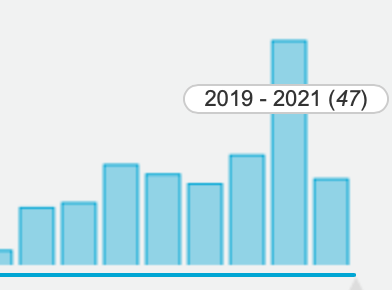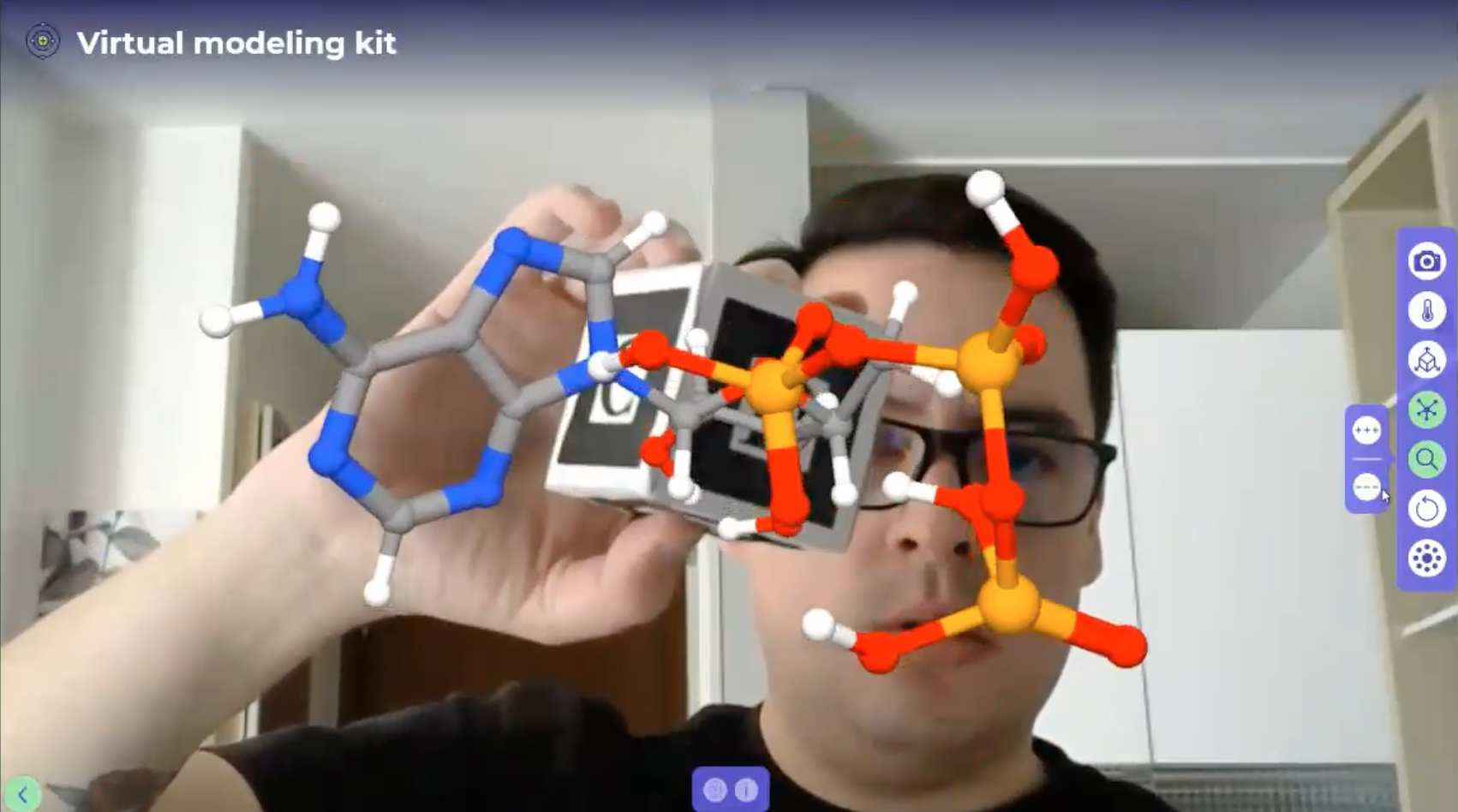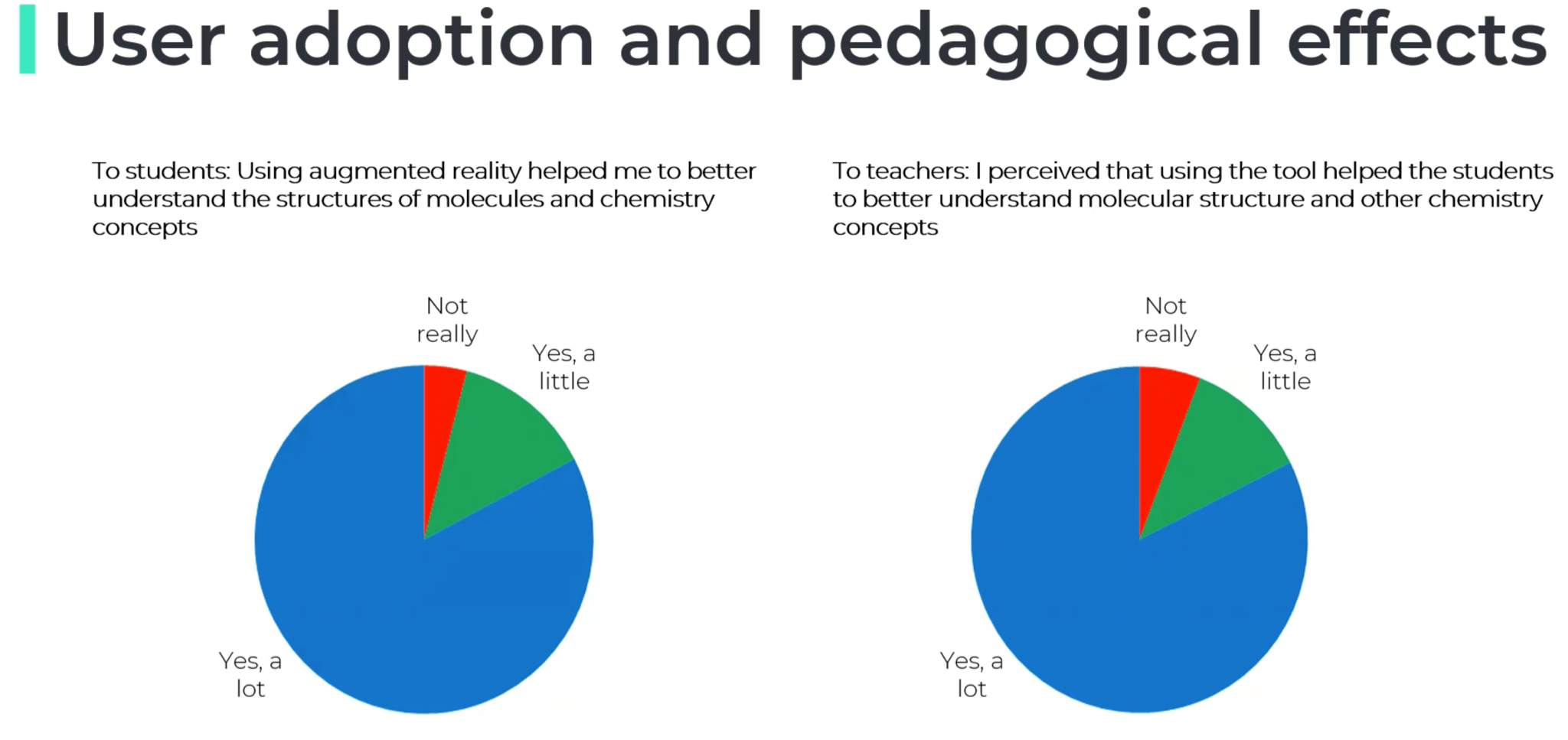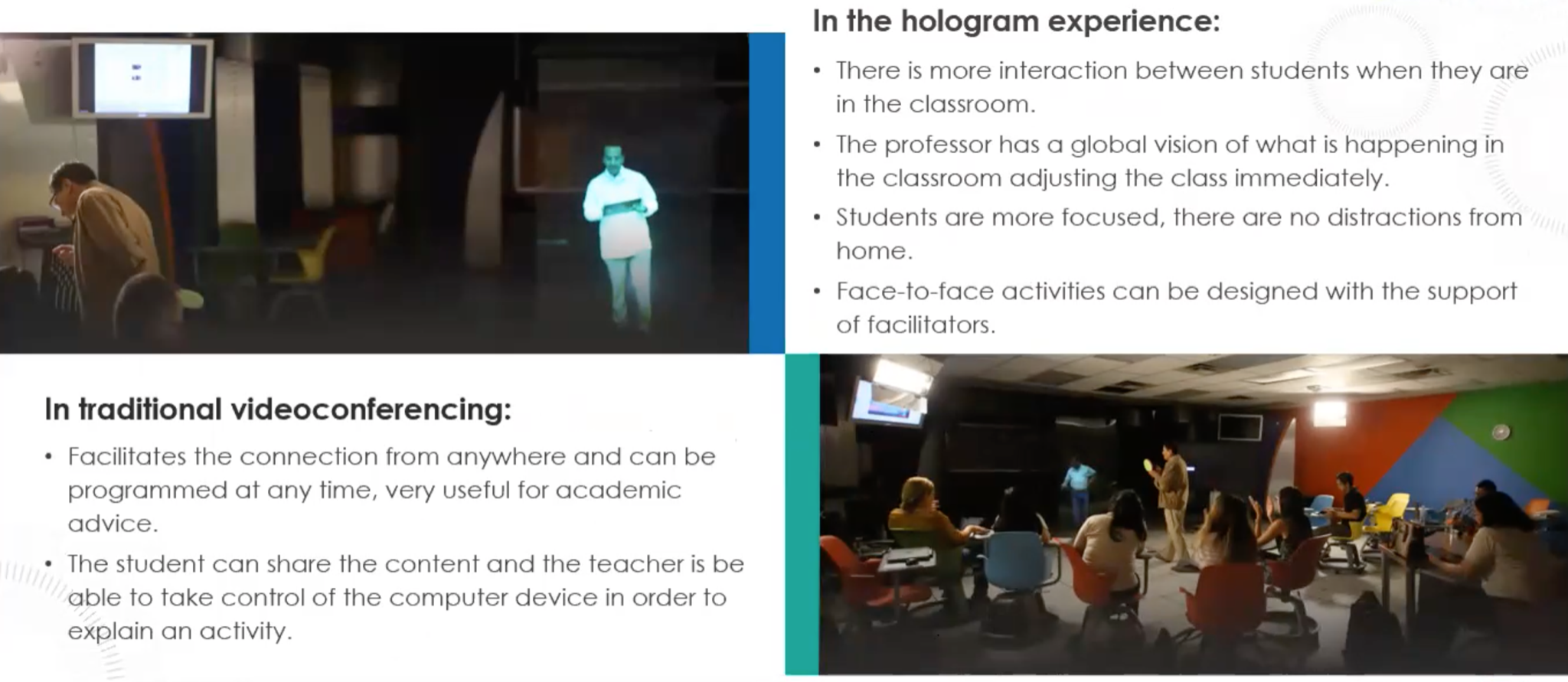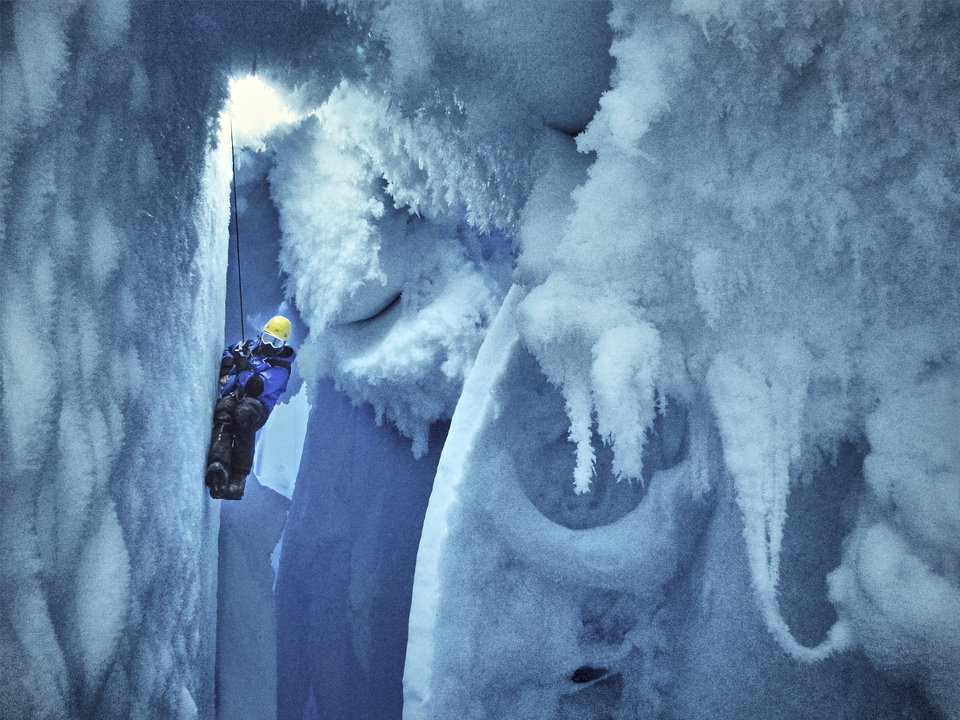Immersive University education in 2021: best practices collected by the NewMedia Centre of TU Delft
Immersive learning may be achieved via various tools and approaches, but in 2021 “immersive” usually implies “virtual”: when googling “immersive education”, you will see all kinds of virtual reality headsets, holograms placed in the classroom and students reaching out to touch invisible objects.
Virtual Reality (VR), Augmented Reality (AR) and holograms are at the cutting edge of immersive technologies: the global VR market is projected
to increase to more than 12 billion U.S. dollars by 2024. The amount of interest from research is also growing each year: according to Research Repository of TU Delft,
Virtual Reality along with Augmented Reality are the topics of 186 research materials at TU Delft today, with the largest amount of research made in 2019-2021.
“Allowing to visualise anything and learn through practicing these media provides deep emotional response and can turn the most boring data into an exciting exploration,” says Michel Beerens, Head of the NewMedia Centre (NMC). This is achieved either with VR headsets and hologram screens or simply with mobile phones.
The TU Delft NewMedia Centre has been researching best practices and having virtual meet-ups with a variety of universities and companies around the globe through the Virtual Playground Community. Throughout 2021 they have collected some of the most interesting use cases, which present the technology from different angles while also being easy to implement. Take a look at three stories from three different continents presenting how virtual models of DNA, holographic images of professors and virtual tours may improve education.
Chemistry and Biology Education at EPFL using Augmented Reality (Switzerland)
One of the most accessible immersive examples is a project by EPFL, Federal School of Lausanne. It was created by the Dal Peraro Lab, a Laboratory for biomolecular modeling at EPFL under the title of MoleculARweb. This project is a website for chemistry and biology education through augmented reality, available out of the box.
Using Augmented Reality, a technology that allows placing digital content on top of the real world, students visualise molecules and DNA, exploring the models and interacting with them in 3D-space. All they need is a phone or any other device (tablet, laptop, PC) and a marker which is a piece of paper with black and white code on it. Each marker represents a molecule: when looking at the marker through a phone’s or laptop's camera, the user sees a molecule as a 3D object that exists in the immediate environment, maybe even right in his hand, just above the classroom desk.
Students interact with molecules, rotate them to explore them from different angles or scale them to a huge size to be able to walk around the molecule.
EPFL has been using this method since August 2020 and got a really impressive outcome: the website has been used by over 2300 students and teachers who visited 15000 pages spending 7.5 minutes per session on average.
According to the surveys, most of the teachers and students found this an easy and efficient tool for understanding the difficult concepts.
Remote teaching using holographic professors at Tecnologico de Monterrey (Mexico)
Another way to achieve greater immersion in distant education is holographic telepresence that recreates the natural dynamics of face to face environments. Instead of keeping on with traditional video conferencing, the Tecnologico of Monterrey in Mexico uses a full-body projection of the teacher that is placed in the classrooms. The technology consists of a projector and a screen that simulates the hologram effect in the classroom, along with the camera that transmits the professor image from a remote location. This setup allows carrying out classes in the real time, while being physically away.
While projecting themselves, professors are able to see the class environment and students through a big screen, observing students' reactions and hearing their questions. Thanks to the technology, they can interact directly with each student by engaging them and keeping their attention.
As for the students, this format allows them to interact with professors from all over the world and see the professor if he was there though he is actually on the other side of the planet.
The students found this approach very beneficial: according to the university survey, 97% of them shared that they would take more classes in this format.
“It stimulates the state of flow and increases focus and concentration, at the same time adding curiosity and enjoyability into the process,” says Leticia Castaño Sánchez, Leader of Educational Innovation at Tecnologico de Monterrey.
Professors also found various benefits of this format in comparison to traditional video conferencing, which does not provide such immersiveness and focus.
Archaeology and anthropology classes at Harvard University using Virtual Reality (USA)
VR provides the greatest immersion possible, as it brings students to a totally new world where everything is possible: by putting on a headset, the students can find themselves in any location within a 3D world (unlike AR headsets that demonstrate virtual objects placed on top of the real world, VR headset brings you to a totally virtual environment). The main benefits of VR are endless — it provides all kinds of opportunities for interactions and learning through action. Students can travel to other planets to perform biological tests, find themselves inside the human brain to manage neural signals or simply visit remote locations virtually. The Giza Project, a non-profit international initiative based at Harvard University, conducted an anthropological lesson in collaboration with Zhejiang University in China. Two groups of students based in the USA and China were working together as avatars. Having VR headsets on, they transported themselves to Egyptian pyramids to travel along a tomb and identify a series of hieroglyphs together.
The NewMedia Centre at TU Delft has been researching the benefits of immersive education since 2010 and has created a series of its own projects: from 360 educational tours to virtual labs, AR/VR applications and 3D avatars. At this moment NMC is planning to organise a conference dedicated to immersive learning aimed at introducing these technologies to students and professors. Stay tuned to hear more about the event and existing immersive educational projects inside the TU in the next article.
For more information on immersive media technology contact: newmediacentre@tudelft.nl
